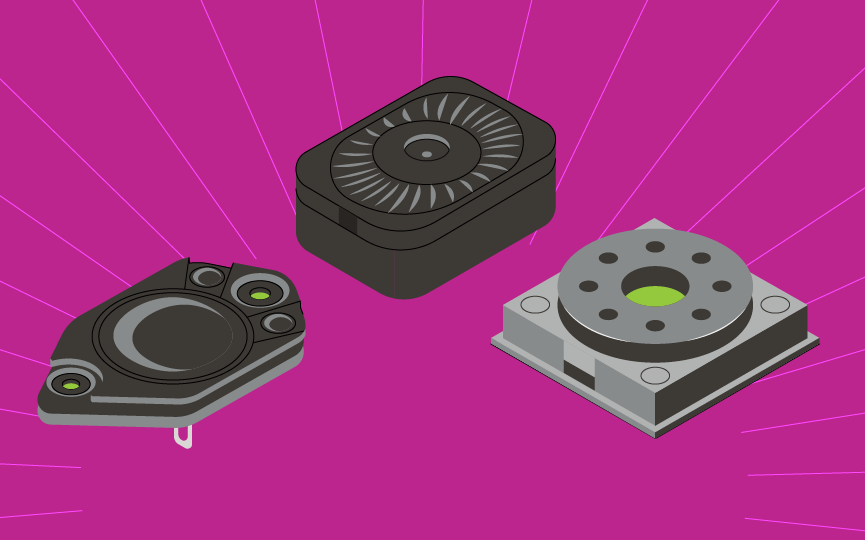Speakers serve as indispensable components in our auditory experiences, converting electrical signals into the vibrant sounds we perceive. To grasp the intricacies of how speakers operate and influence sound production, it is essential to delve into their underlying mechanisms and key components. This blog post serves as a comprehensive overview of utilizing speakers in audio design, including their basic operation, key specifications, design considerations, cone and magnet types, and much more.
How do speakers work?
Sound production in a speaker involves a precise interplay between electromagnetism and mechanical motion. It begins with an electrical signal, which serves as a representation of the audio we want to hear. This signal can originate from various sources such as a smartphone, laptop, or any other audio device capable of generating electrical impulses. Whether it’s the melody of a favourite song, the crisp dialogue of a podcast, or the immersive sound effects of a movie, the signal is an electrical representation of the auditory experience speakers produce.
Inside the speaker, key components come into play. The core components are the voice coil and the permanent magnet. The voice coil, made of wire, is connected to a flexible cone or diaphragm. This voice coil surrounds a sturdy permanent magnet, laying the groundwork for sound production. When the electrical signal flows through the speaker’s wires, it energizes the voice coil, initiating a series of actions governed by electromagnetism. This electrical energy creates a magnetic field around the coil, with polarity mirroring the changing electrical signal.
You can read the full blog, All you need to know about speakers in audio design, on the Same Sky website.




